Discovering Our Seas – The Amazing North Coasts of Singapore
Published
May 19, 2023
By
Neo Xiaoyun
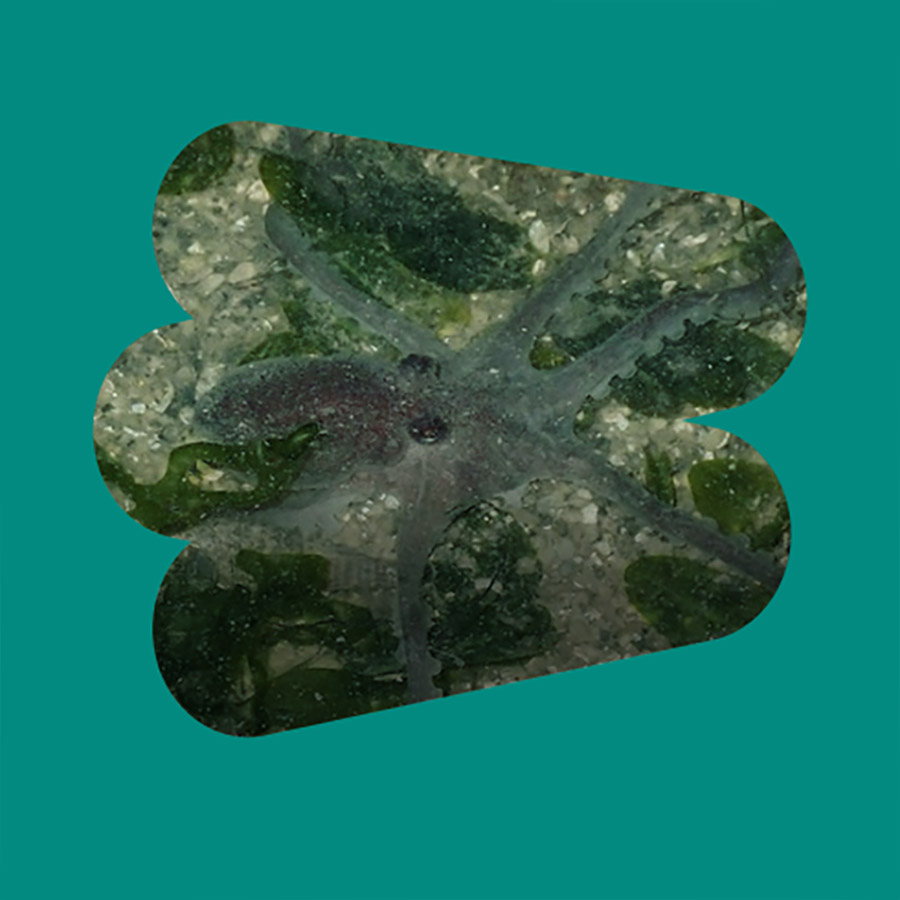
Growing up, my dreams of the sea included scenes of Atlantica (from Disney’s The Little Mermaid). When I went to the beach in Singapore, I was disappointed in comparison. Thus began years of distancing myself from the sea, because I associated seas/coastlines in Singapore as lifeless places, where the waters were dull brown/olive green (instead of turquoise/aquamarine/green/light blue), waves lacklustre, with brown/grey sand that was coarse to the touch. In fact, there is a lot of marine wildlife in Singapore if only we know where to look!
I started walking along the Northern shores of Changi Beach for intertidal explorations with like-minded friends in Jan 2020. Treading carefully, life seemed to teem everywhere we looked— seagrass, crabs, shrimp, clams, fish, stars, urchins. We were moving from tide pool to tide pool, identifying between different species of sea stars, clams and crabs. Innocuous enough – this walking between sand, sea and sky. Little did I know: this would be the start of my long and still ongoing journey of environmental, cultural – and even emotional – reconnection to the sea.
My favourite intertidal explorations are pre-dawn explorations. In the words of Elton John, there’s a calm surrender to the rush of day. With the stars twinkling above and the moon reflecting on the water’s surface, I relish the palpable sense of freshness of a new day mixed into the brine of the sea breeze.
Initially, I was almost biodiversity-illiterate. Thumbs-up sea squirts, sea cucumbers, ascidians, anemones, corals, polychaetes, basically all the ‘non-charismatic’ marine life… looked alien to me. Slowly, curiosity overtook apathy. The more I learnt, the more I wanted to know.
Diversity abound
Despite being a teeny island just half-marathon across from north to south, I notice that our southern shores, for instance St John’s Island, Sentosa and Pulau Hantu, somewhat have a different intertidal biodiversity from our northern shores like Pasir Ris and Changi. I find different species of octopi, sea stars, anemones, sea cucumbers… and the list goes on.
This is because the two environments face different pressures: our northern shores face Johor, and are heavily influenced by the 50km-long Johor River which injects a ton of freshwater from Peninsula Malaysia. This means that our northern shores are less saline and more loaded with nutrients, and some marine creatures thrive in these conditions:
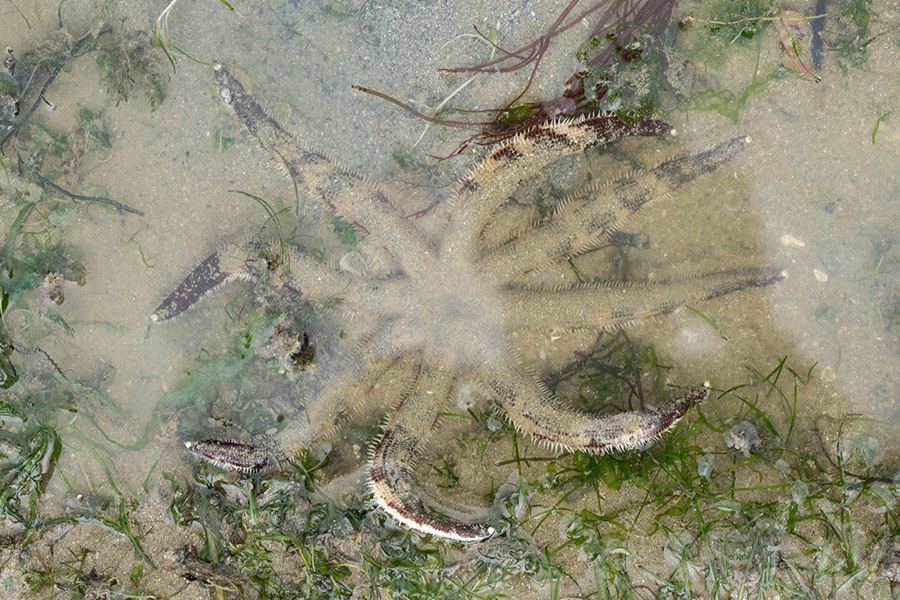
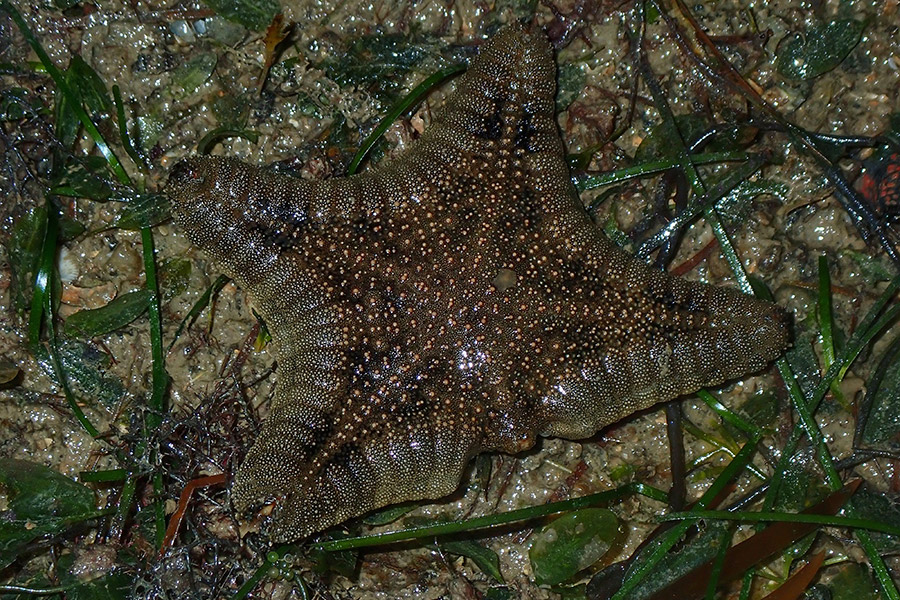
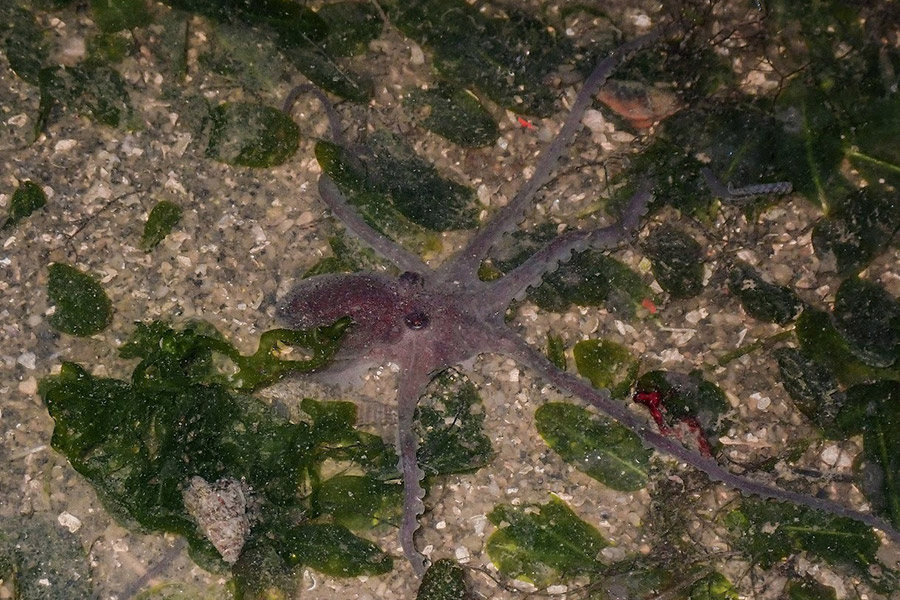
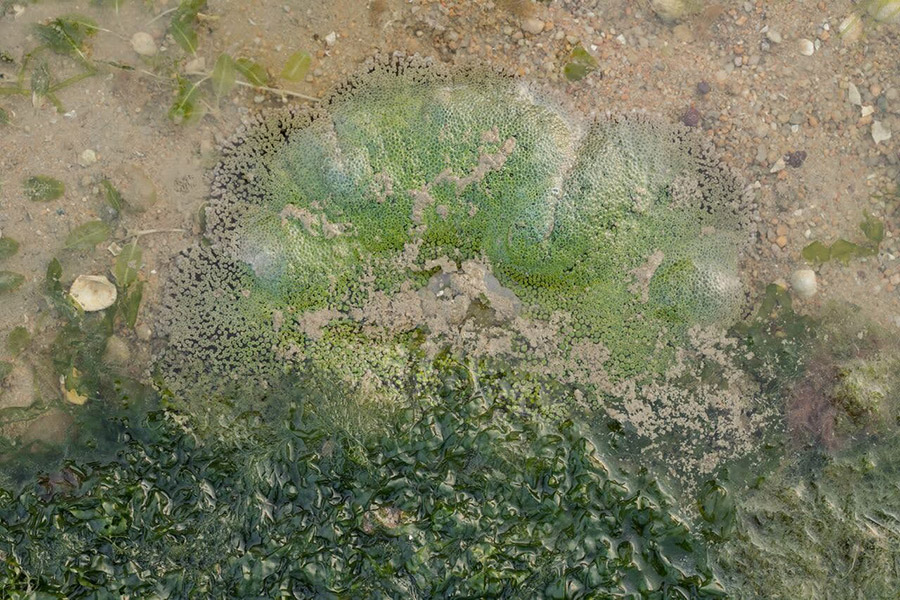
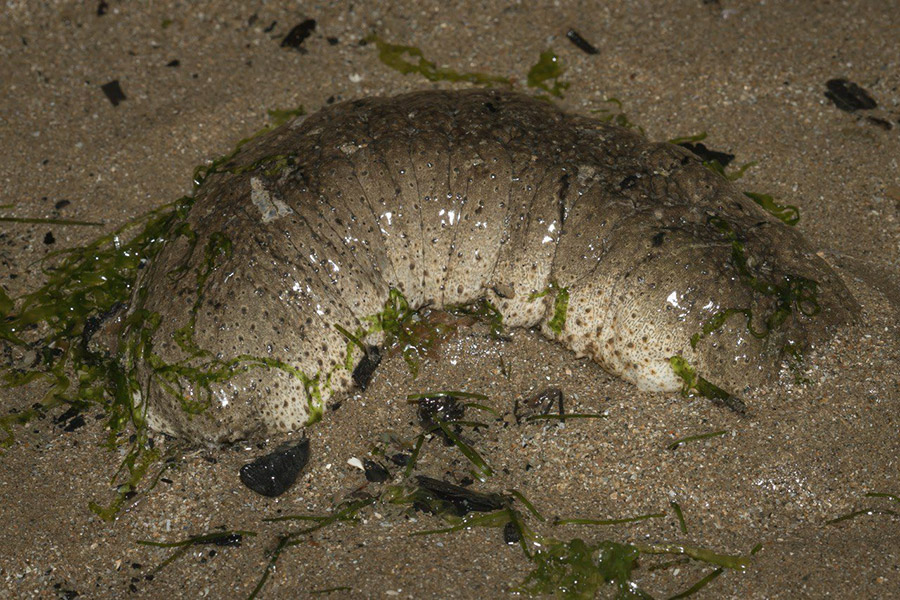
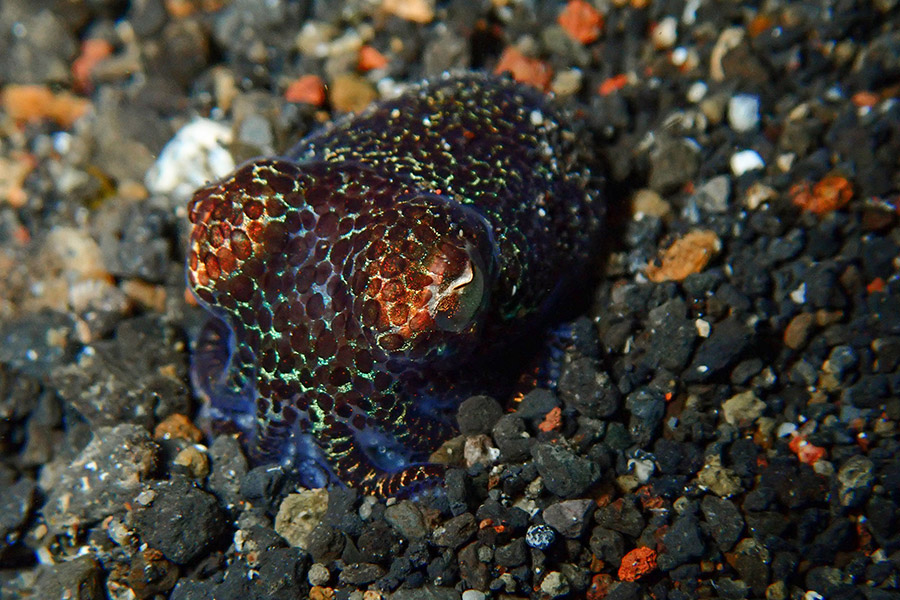
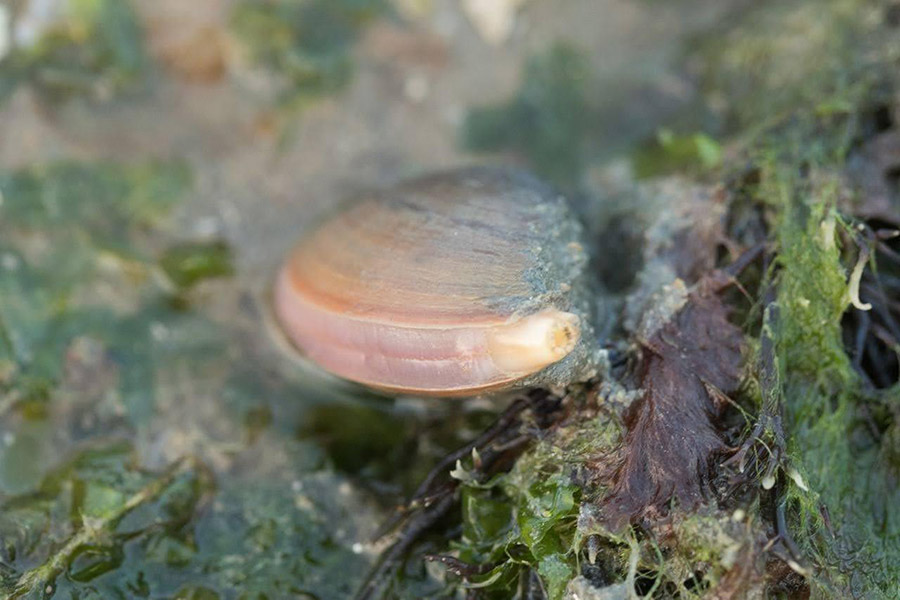
This is the first of a two-part series that introduces marine biodiversity typically and commonly found on the Northern Shores of Singapore. Check out part two to learn more about marine biodiversity at the Southern Shores here!

